
On the morning of November 27, at Galaxy Innovation Hub (Ho Chi Minh City Hi-Tech Park), the Center for the Fourth Industrial Revolution (HCMC C4IR) held a workshop on “Connecting Science and Technology between Vietnamese experts abroad and domestic enterprises”. The event is part of the Autumn Economic Forum 2025 series of activities, focusing on three strategic technology groups including sovereign AI infrastructure, semiconductor industry and green materials.
At the beginning of the workshop, the story of AI infrastructure and the issue of digital sovereignty attracted great attention from the delegates. Mr. Thao Nguyen, Founder and General Director of TORmem Company (USA) shared his insight into the AI development strategy in the global context. With more than 40 years of experience working in Silicon Valley, he believes that AI sovereignty must be put first when Vietnam aims for autonomy and sustainable development.

“Our mission is to support Vietnam in building sovereign digital and artificial intelligence infrastructure, ensuring that sensitive data of citizens is protected within Vietnam,” said Mr. Thao Nguyen. According to him, technological autonomy not only helps reduce dependence on foreign platforms but also creates great room for the digital economy to develop.
Mr. Thao Nguyen also presented a breakthrough solution: Building Vietnam's Sovereign AI Future with Memory-Centric Data Centers. The Memory-Centric Data Centers model is considered the optimal solution for AI tasks that require large processing capacity. The system uses memory devices that can be expanded from 4TB to 96TB, helping to improve performance and reduce investment costs. He affirmed that this solution can save up to 50% of the total cost of ownership compared to similar models imported from abroad.
Mr. Thao Nguyen also emphasized: “This is a Made in Vietnam product. Domestic enterprises can directly deploy and operate with technical support from overseas Vietnamese experts. The goal is to retain economic value right in Vietnam and create a solid foundation for the digital technology industry.”
Continuing the content on digital infrastructure, the workshop devoted a large amount of time to discussing Vietnam's opportunities in the semiconductor sector, especially the SATS assembly and testing services that are booming in Southeast Asia.
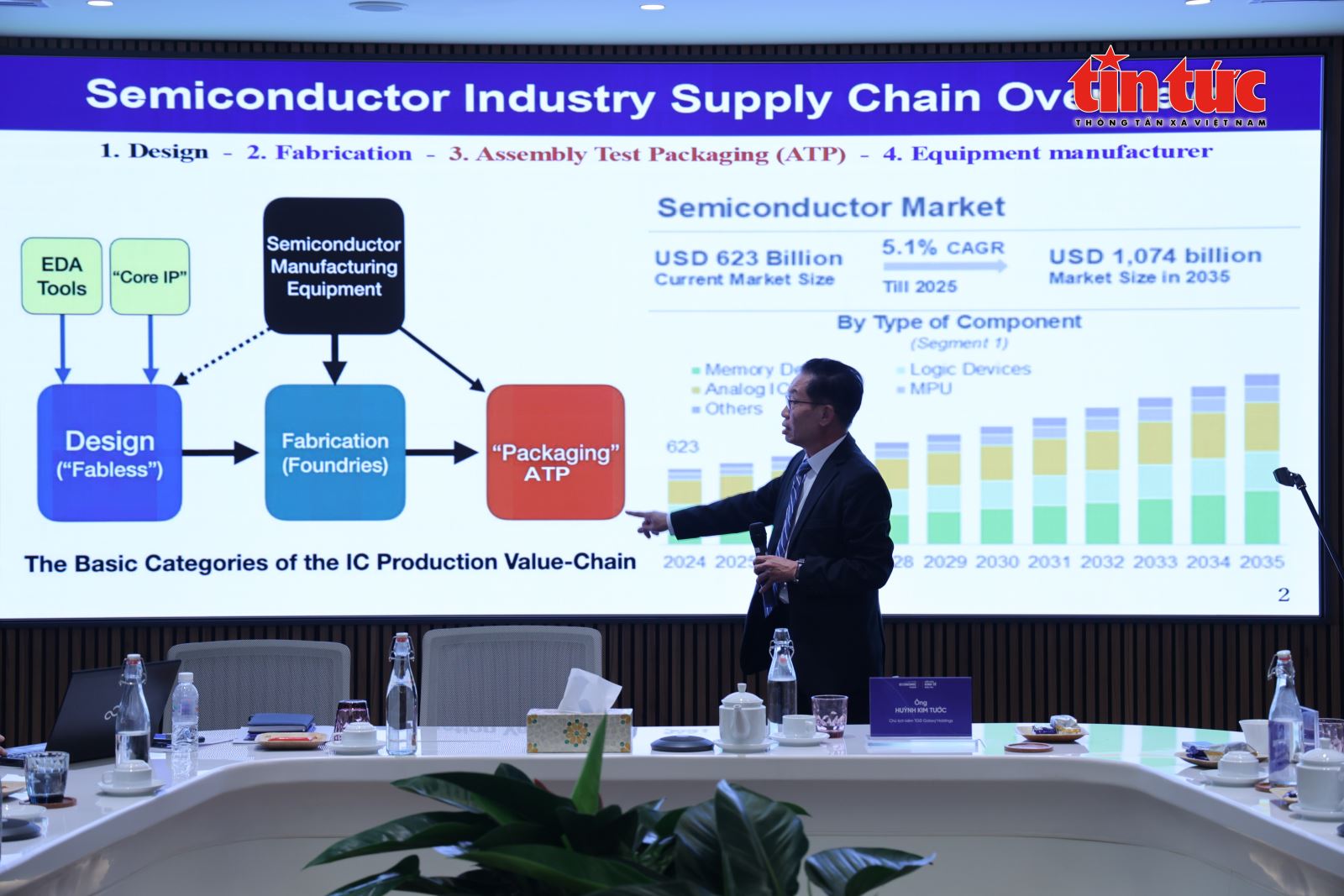
Mr. Nguyen Minh Chinh, Senior Expert of Integrated Device Technology IDT (USA), commented that the global semiconductor market is strongly restructuring and this is the golden time for Vietnam to participate more deeply in the value chain. According to the forecasts he shared, the SATS capacity of the ASEAN region is expected to increase to 24% by 2032. Vietnam in particular is likely to increase its market share from 1% to about 8% thanks to its cost advantage and geostrategic location.
In his presentation, Mr. Chinh analyzed three groups of platform services that need to be prioritized to form the SATS ecosystem, including Final Test, Wafer Testing, and Packaging Assembly. Mr. Chinh assessed Ho Chi Minh City as a locality with great potential to build a SATS factory thanks to its young human resources and good technical skills.
Mr. Chinh called on Vietnamese enterprises to boldly invest in the project to develop the SATS semiconductor assembly and testing service in Ho Chi Minh City. According to Mr. Chinh, building a domestic semiconductor assembly and testing factory will help enterprises significantly reduce operating costs, while taking advantage of Vietnam's gateway position to connect with the entire Asian market. With a young technical workforce, capable of quickly absorbing technology, it is Vietnam's biggest competitive advantage.
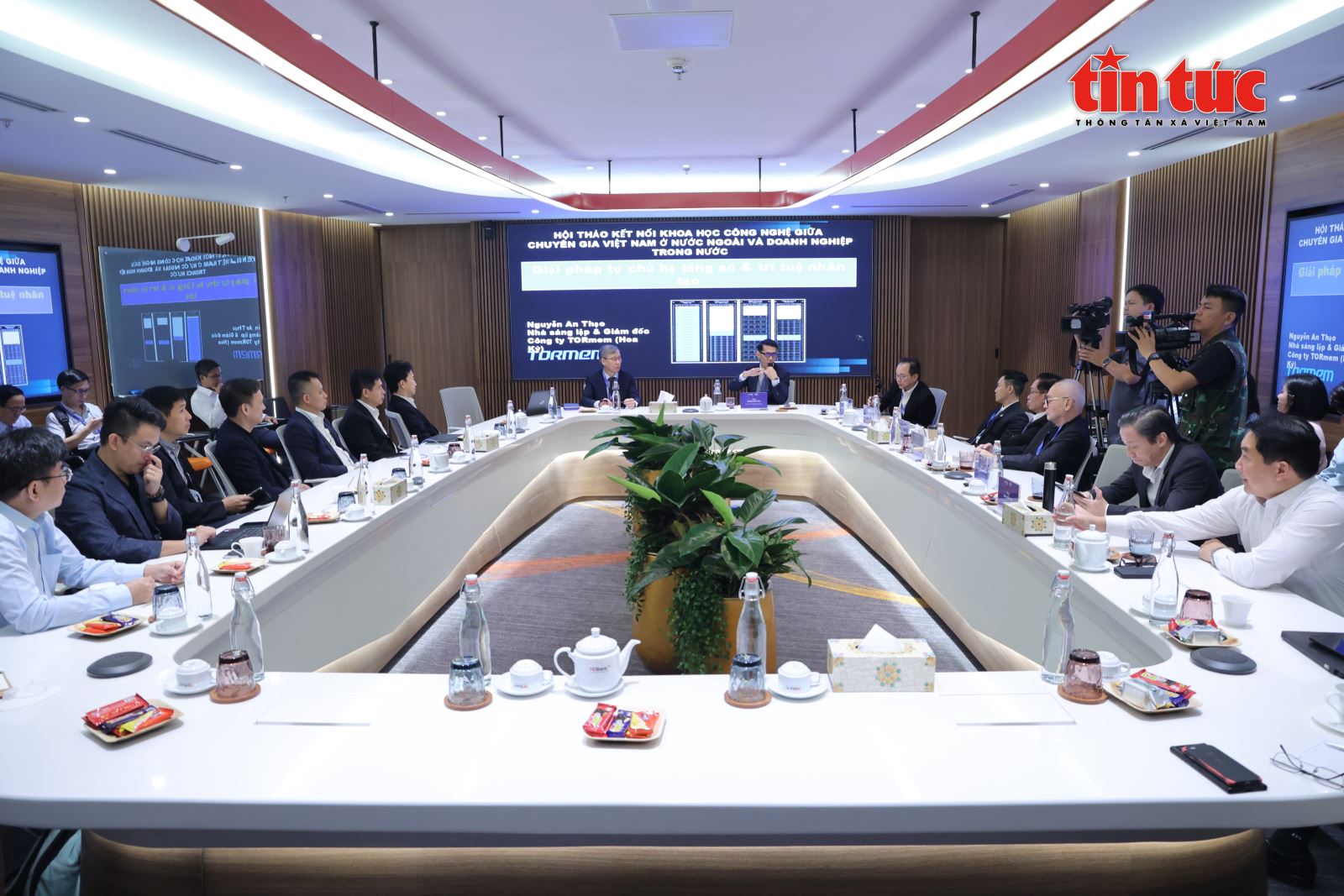
At the workshop, Mr. Chinh also announced a cooperation plan with a leading Malaysian OSAT enterprise to establish a TDC Test Development Center in Vietnam. The project not only focuses on infrastructure investment but also implements specialized training programs to support Vietnamese engineers to master modern semiconductor testing processes and techniques.
From the digital and hardware fields, the conference content shifted to green technology solutions and upgraded recycling to reduce plastic emissions into the environment. The presentation by Associate Professor Dr. Hai Minh Duong, National University of Singapore (NUS), received special attention from the business community.
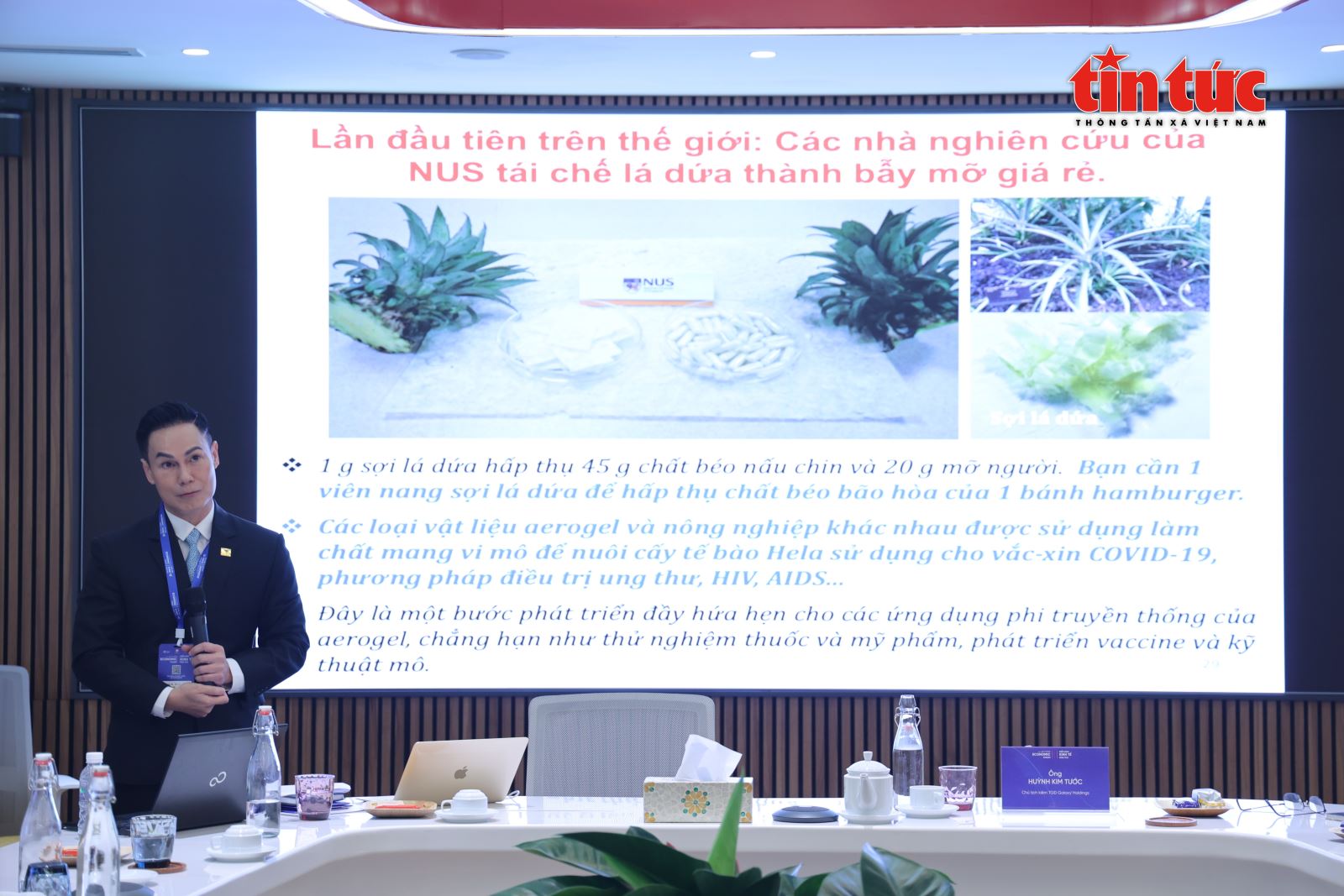
He introduced Aerogel material made from waste plastic at a cost of only about 1.5 USD per kg, much lower than commercial Aerogel. This is an ultra-light material containing up to 99% air, with outstanding insulation and heat resistance. The Aerogel manufacturing technology developed by his research team is considered environmentally friendly, does not use toxic chemicals and helps reduce carbon footprint up to 840 times.
“Vietnam is among the countries that dump a lot of plastic waste into the ocean. If we can turn waste into high-value materials, Vietnam can absolutely become a center for new material production in the region,” said Associate Professor Dr. Hai Minh Duong.
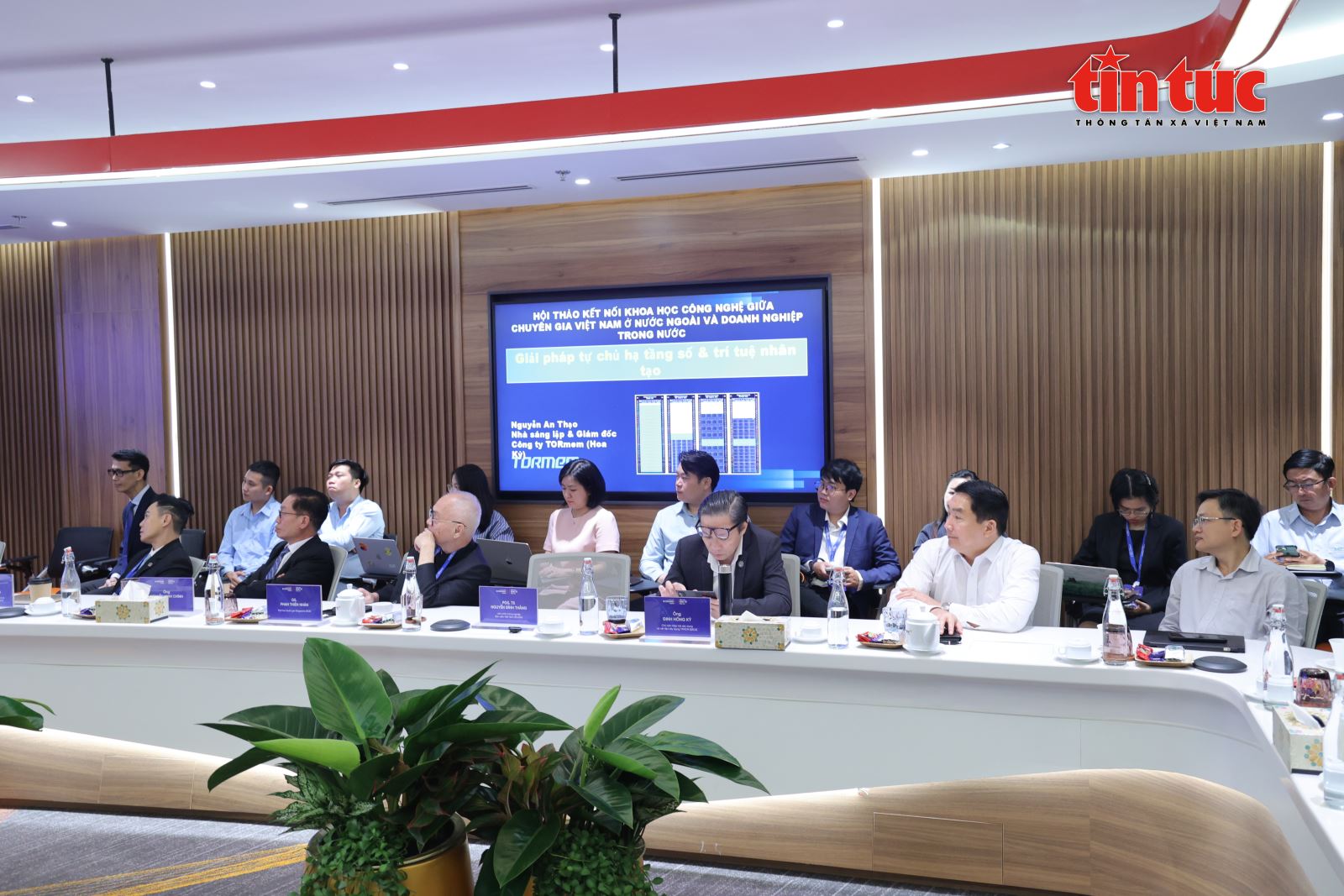

Mr. Duong gave many vivid examples of Aerogel applications. Notably, the fire-resistant vest for firefighters can withstand temperatures up to 1,400 degrees Celsius but is 11 times lighter than current specialized vests. In addition, Aerogel material can also be used in radar wave stealth technology, soundproofing materials for housing and traffic infrastructure systems.
The workshop concluded with an open discussion between experts and business representatives, addressing solutions to realize cooperation models in the coming time. Delegates agreed that the contribution of overseas Vietnamese experts will help Vietnam narrow the technology gap and create a sustainable innovation ecosystem.
The event is not only a forum for professional exchange but also demonstrates the common aspiration of the overseas Vietnamese community to accompany the homeland. Through technology, knowledge and strategic cooperation models, Vietnam has more opportunities to create new breakthroughs, towards the goal of technological autonomy and sustainable development.
Source: https://baotintuc.vn/khoa-hoc-cong-nghe/tp-ho-chi-minh-ket-noi-tri-thuc-viet-toan-cau-de-phat-trien-ha-tang-ai-va-cong-nghe-xanh-20251127103819505.htm





![[Photo] President Luong Cuong attends the 50th Anniversary of Laos National Day](/_next/image?url=https%3A%2F%2Fvphoto.vietnam.vn%2Fthumb%2F1200x675%2Fvietnam%2Fresource%2FIMAGE%2F2025%2F11%2F27%2F1764225638930_ndo_br_1-jpg.webp&w=3840&q=75)
![[Photo] Prime Minister Pham Minh Chinh chairs the 15th meeting of the Central Emulation and Reward Council](/_next/image?url=https%3A%2F%2Fvphoto.vietnam.vn%2Fthumb%2F1200x675%2Fvietnam%2Fresource%2FIMAGE%2F2025%2F11%2F27%2F1764245150205_dsc-1922-jpg.webp&w=3840&q=75)

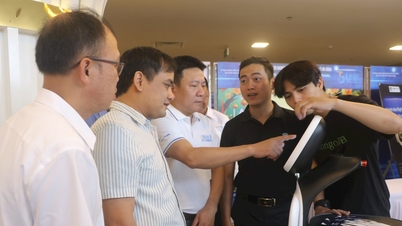



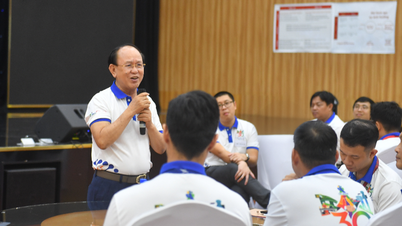

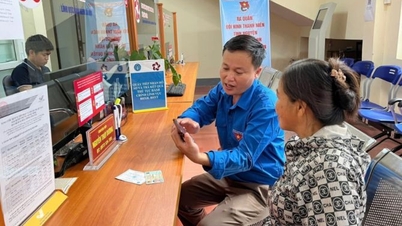

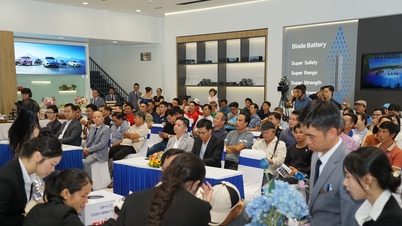




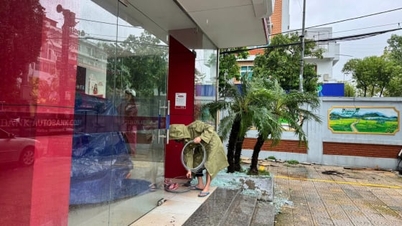









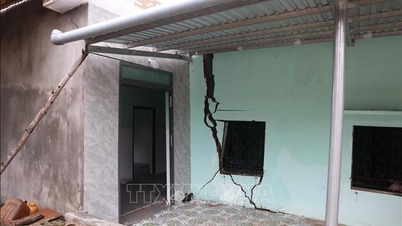
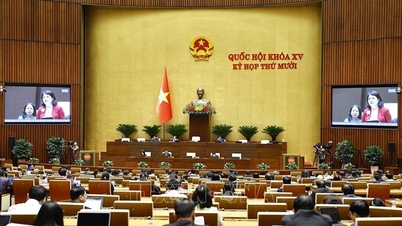

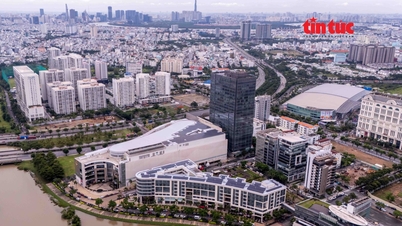
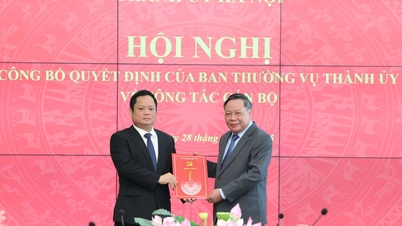





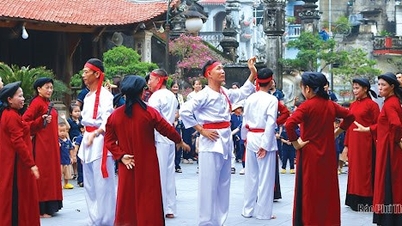





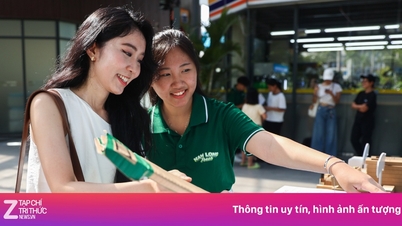




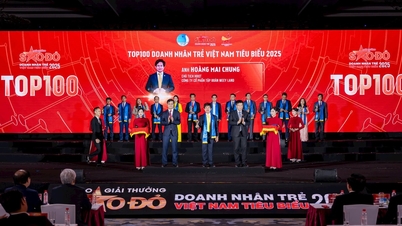



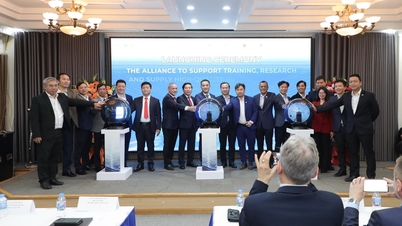




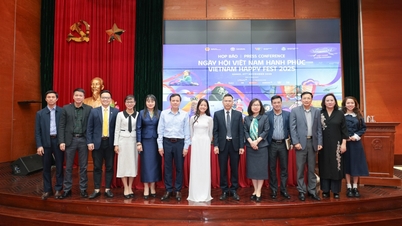













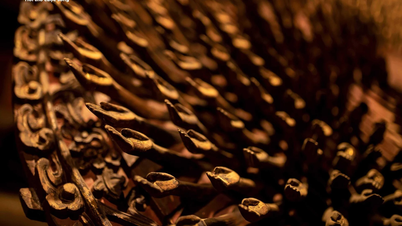





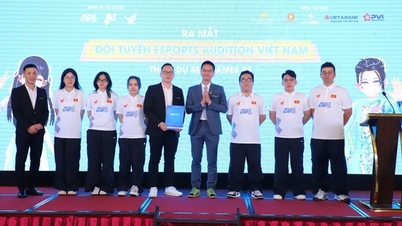

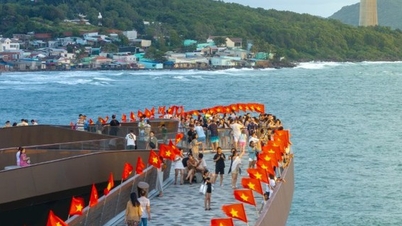

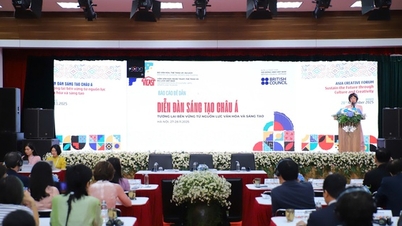
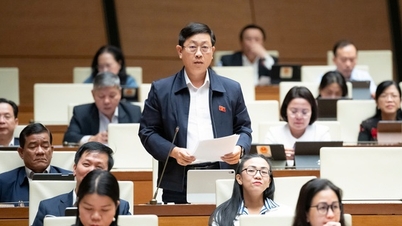
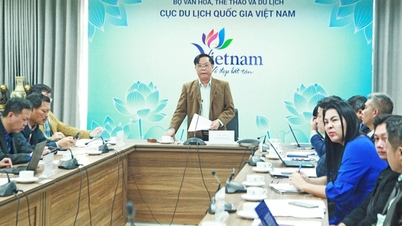


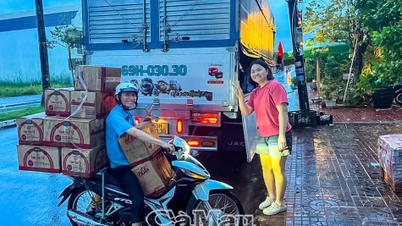
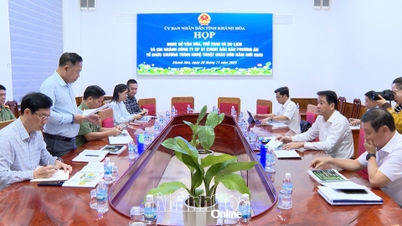

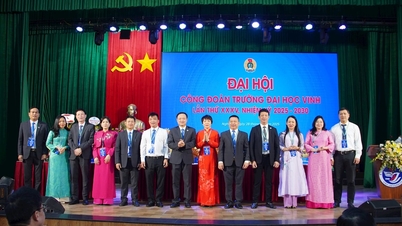


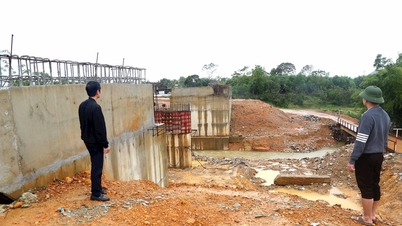













Comment (0)